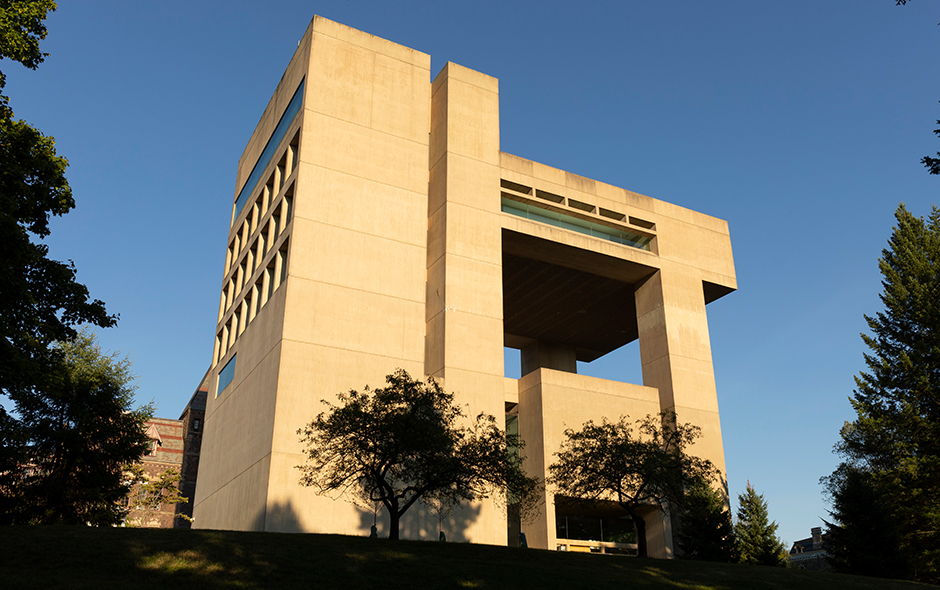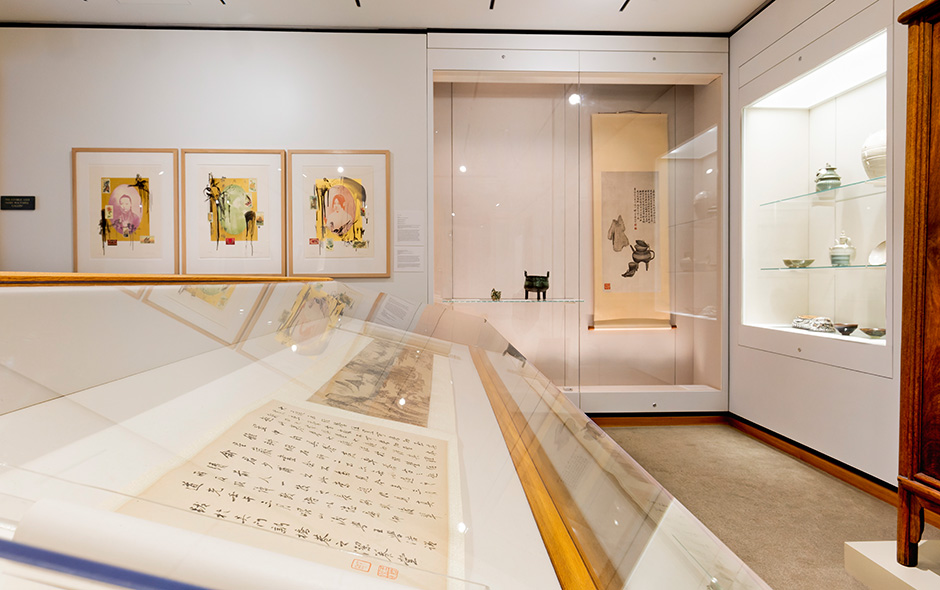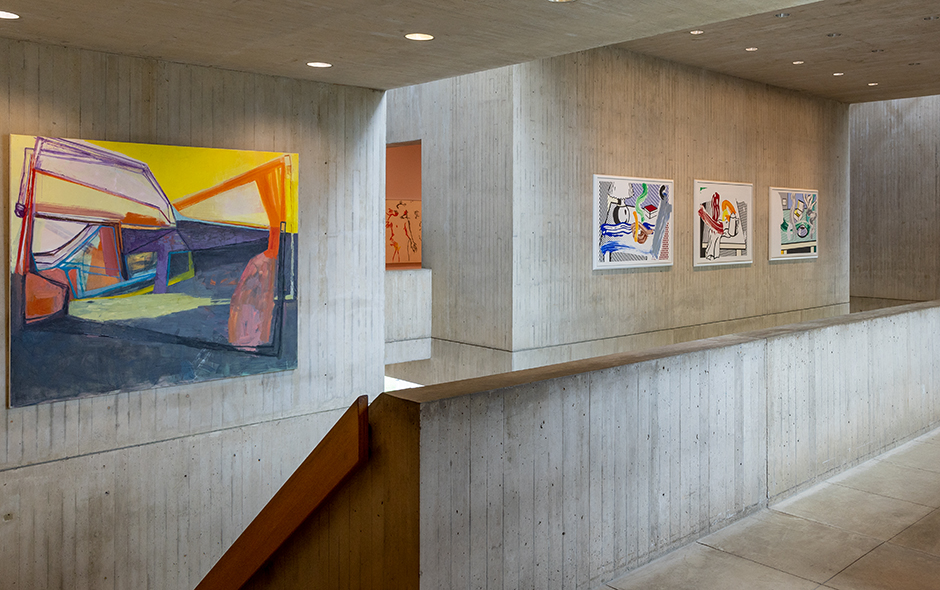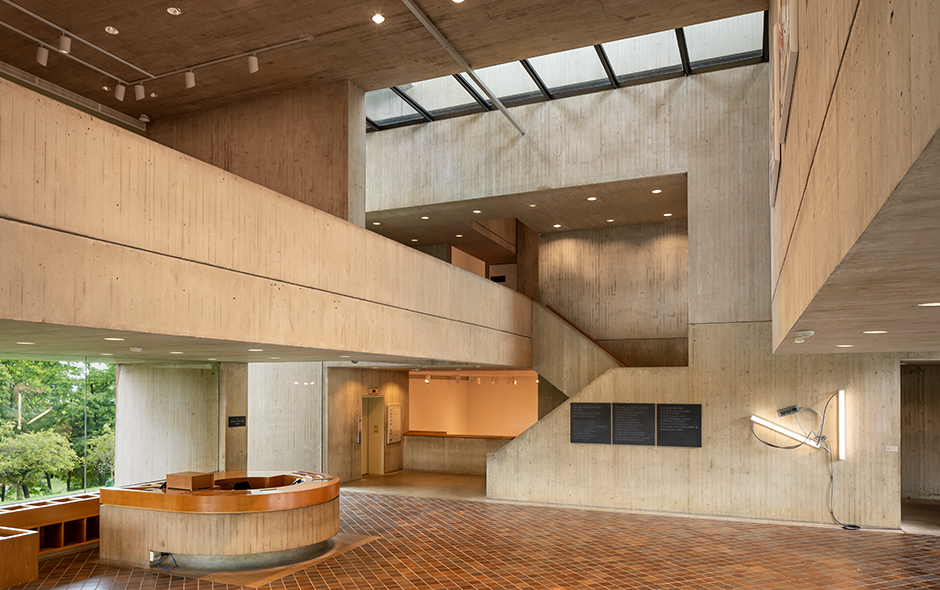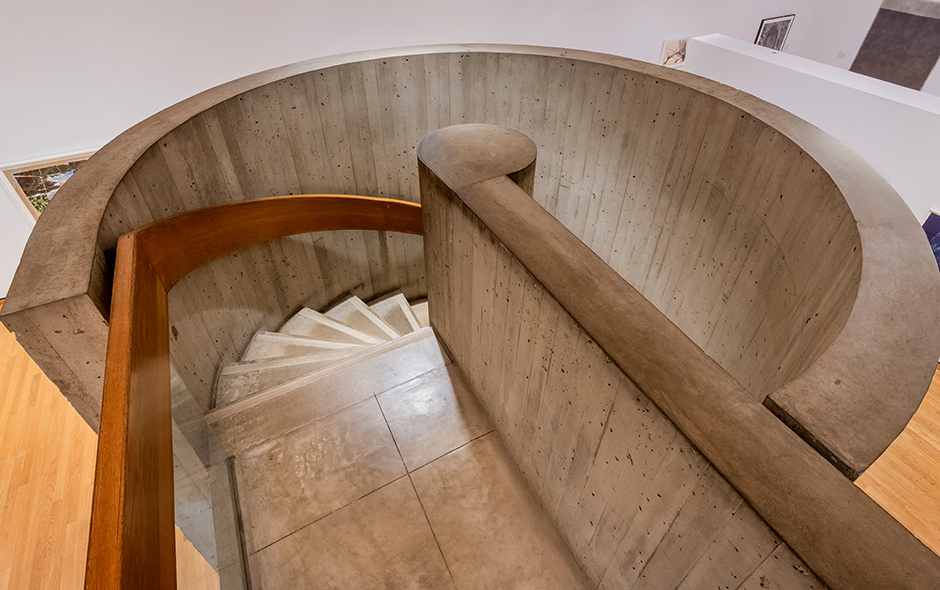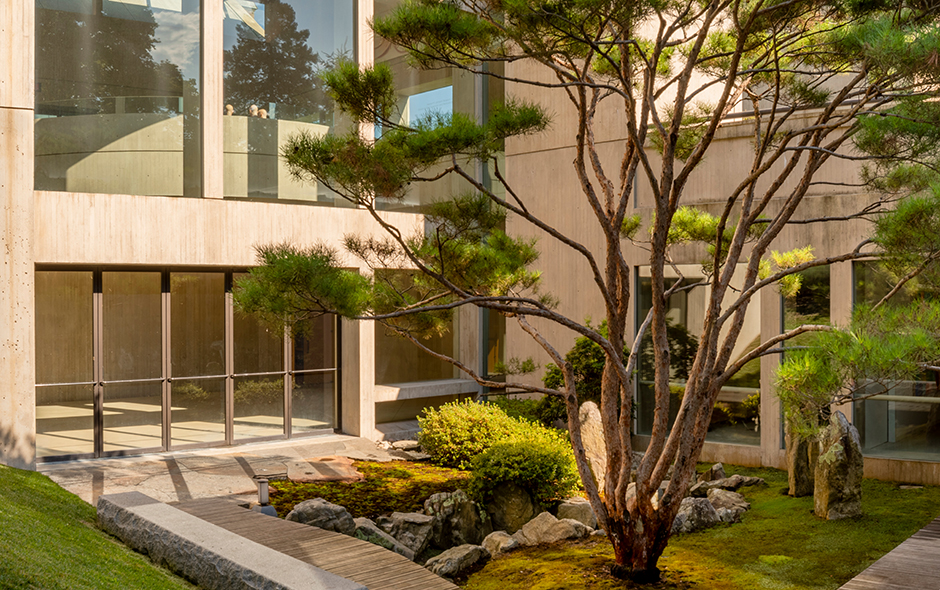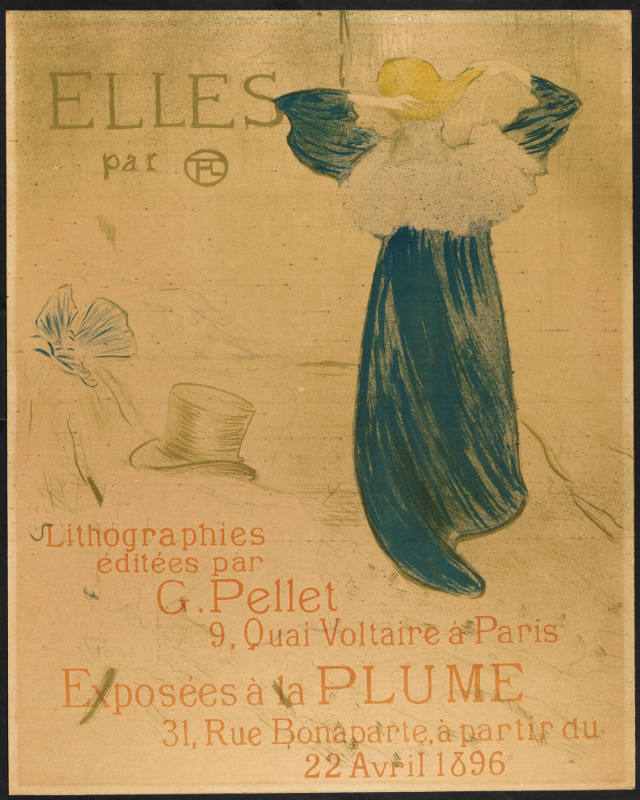Katsushika Hokusai
Couple by a Shrine with Votive Plaques: A Picture Calendar for 1798, Year of the Horse

Object Details
Artist
Katsushika Hokusai
Date
1864
Medium
Color woodblock print
Dimensions
4 11/16 × 3 9/16 inches (11.9 × 9 cm)
Credit Line
Gift of Joanna Haab Schoff, Class of 1955
Object
Number
2011.017.004
Designations for the short months of 1798 are cleverly placed on the votive plaques. The first month(…)
Designations for the short months of 1798 are cleverly placed on the votive plaques. The first month is represented by pine and bamboo, the fourth by the open-mouthed cuckoo, the sixth by the numeral six, the seventh by a mulberry leaf (suggesting the 7/7 Tanabata festival), the ninth by chrysanthemums, and the tenth by the word shigure, meaning the rains of early winter. The “shortness” of the woman who wants to tie her New Year wish to a plum branch on the shrine grounds implies that these are the small (short) months of the year, as indeed they are for 1798, a horse year, which may also be suggested by the woman being lifted by the man, much as she might be if climbing onto a horse. The work has been attributed to Hokusai, one of the most prolific designers of calendar prints and surimono in this period, but a slight stiffness of the figures suggests that Hokusai’s pupil, Sori III, could equally have been the designer of this anonymous work.



